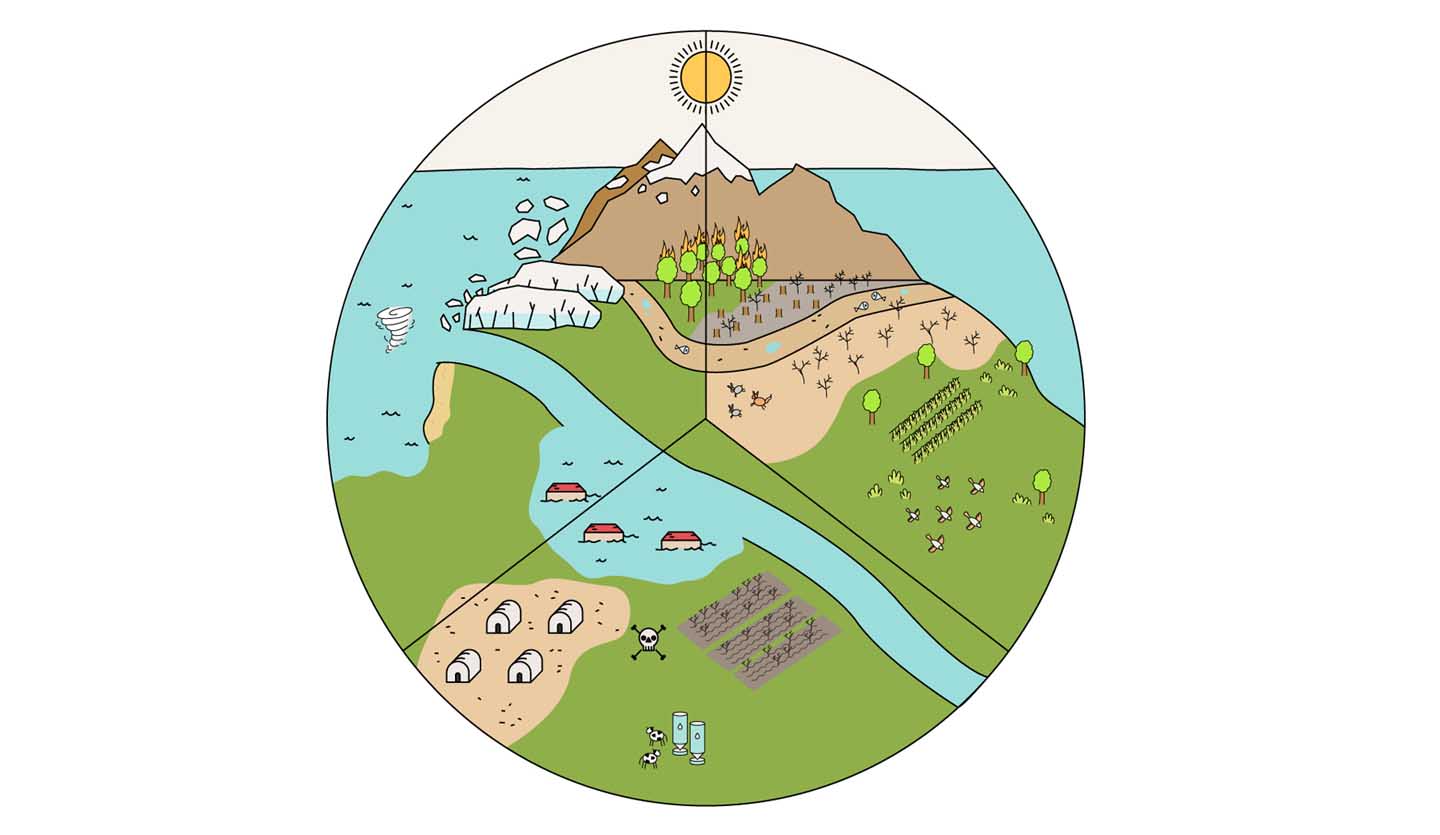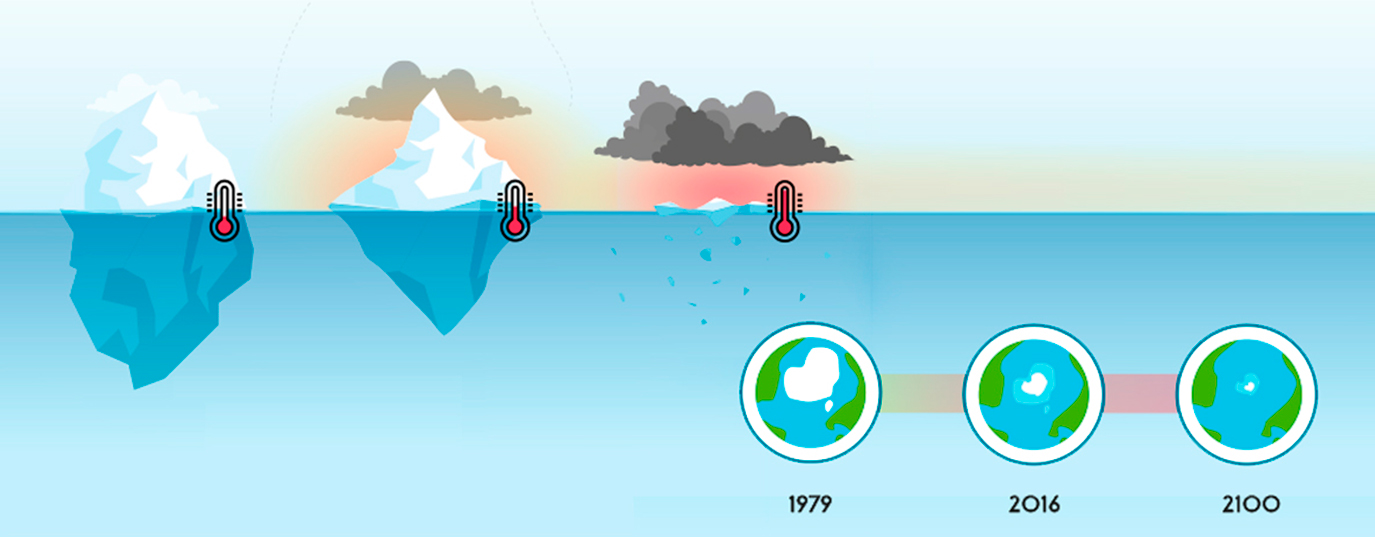Polar melting in figures
The warmest temperatures were recorded in 2014. How does all this affect the Poles?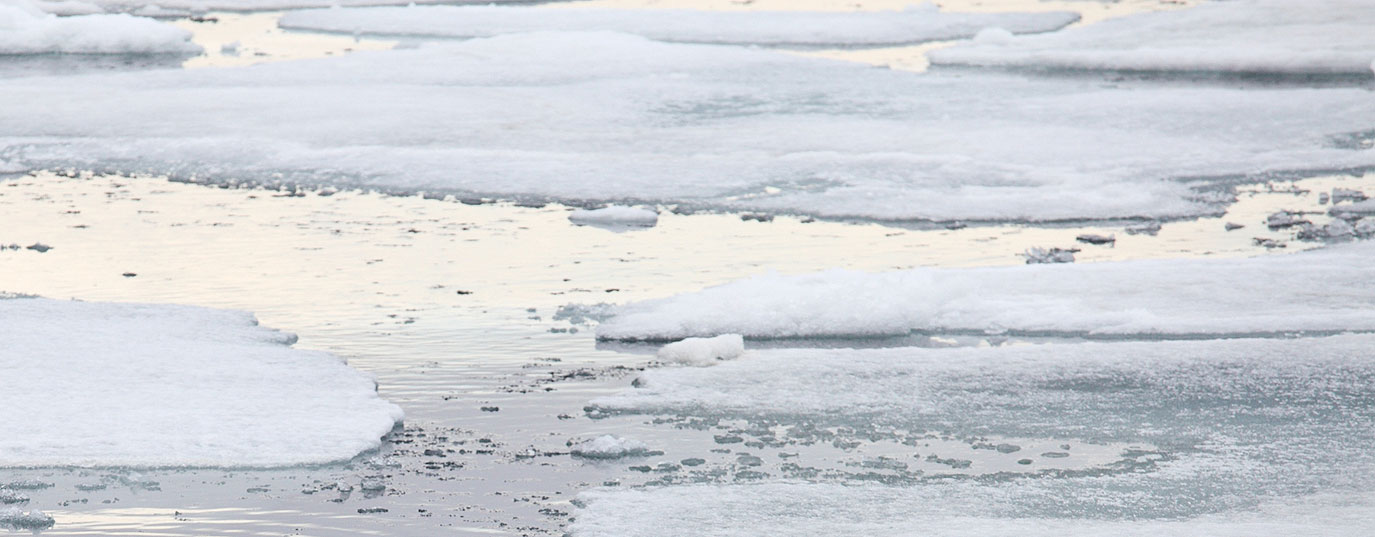
The international scientific community has agreed that the Arctic and Antarctic ice melting is now a proven fact. Climate change, chiefly caused by greenhouse gases into the atmosphere, has affected many vulnerable ecosystems.
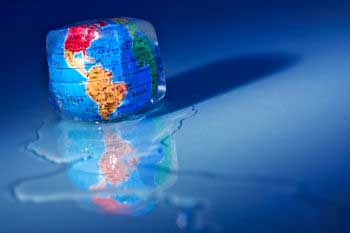
There is evidence that the sea temperature has increased, which could have originally triggered off the reduction of the ice cap. The Earth surface temperature is also changing and affecting global warming. The warmest temperatures were recorded in 2014. How does all this affect the Poles?
Most of this warming has taken place over the past 30 years, but it has especially increased in the last ten, making matters worse in the Arctic and Antarctica.
The Arctic situation
40% of the Arctic area covered in sea ice was lost between 1979 and the end of last year´s summer. This US Weather Service video captures the striking picture of the area losing ice from 1987 to 2014. The oldest ice caps prevailed over the region just 26 years ago and there is virtually none of them now!
Contemporary Antarctica
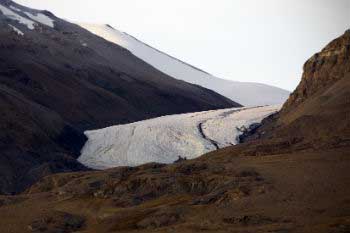
Data gathered from Antarctica are also quite bleak. It has been recently revealed that its largest glacier, the 130-km long and 30-km wide Totten, is melting down due to the sea temperature rise. Another large glacier, the Smith one, has been thinning at a rate of 2 km per year, until losing 35 km of its surface.
The ice melting situation which Antarctica is suffering has been described as “irreversible”. After four decades of watching the zone, NASA suggests that glaciers have suffered an irreversible and relentless contraction. Furthermore, it will be Antarctica and Greenland the most powerful propellers of a sea level rise. PIK´s Anders Levermann suggests that if greenhouse gases keep increasing as they did in the past, the Antarctic melting could make the global ocean exceed an additional 1-37 centimetres high already in this century.
Global warming
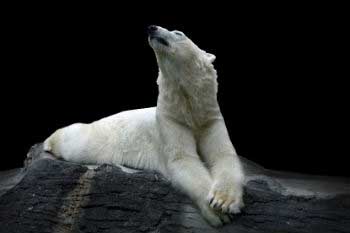
Other areas are also being affected, as is the case of Northern Alaska and its lakes. The lakes ice cover has had a 22% reduction in 20 years, between 1991 and 2011, as a result of climate change, according to the European Space Agency (ESA). During those years, the ice cover had a 21-38 centimetres decrease, being the largest reduction in the last six years.
With the knowledge of all these data, there is no question that climate change effects are having an impact on these vulnerable areas, where temperature variations have tragic consequences for the whole planet.
Do you know other places where climate change is so clearly visible? What do you think could be done to prevent these natural disasters caused by man?
More information: NOAA, European Spacial Agency, NASA.




